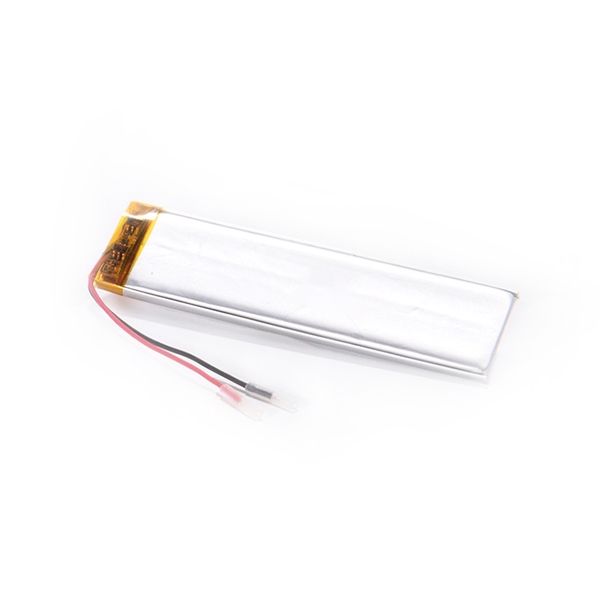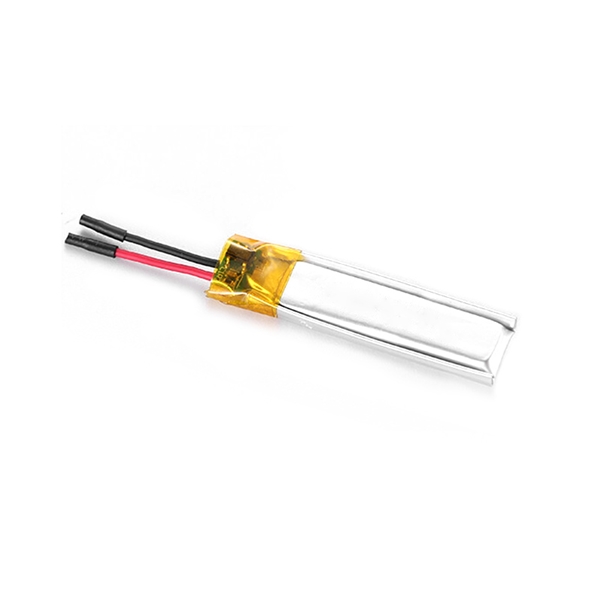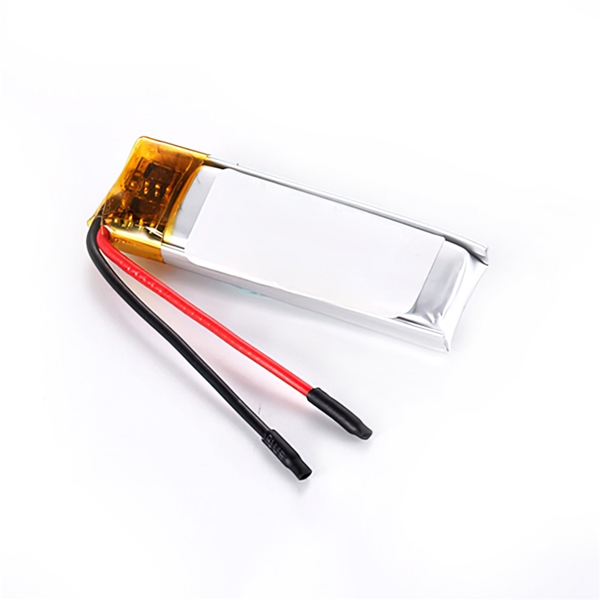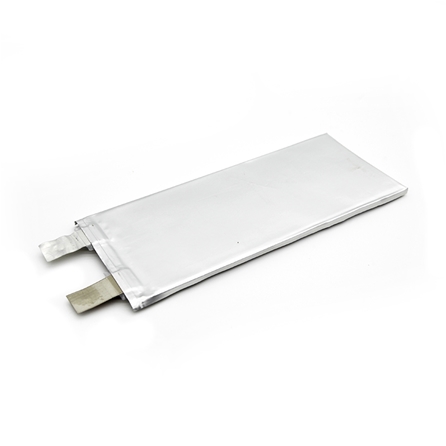-
Home
- Battery
- Application
- Solution
- News
- About Us
Inquiry
Contact UsIf you have any questions, please contact us immediately!Charging and discharging principles and precautions for model aircraft lithium batteries
2022-11-28With the rapid development of science and technology, aviation models (hereinafter referred to as model aircraft) have gradually entered the lives of ordinary people from the professional field. In this process, lithium-ion batteries (hereinafter referred to as lithium batteries), as a high-energy-density, lightweight and environmentally friendly power source, have been widely used in the field of model aircraft. However, in order to make full use of the advantages of lithium batteries, you must fully understand its charging and discharging principles and follow relevant precautions. This article will introduce in detail the charging and discharging principles of model aircraft lithium batteries, as well as the matters that need to be paid attention to during the charging and discharging process.
1. Charging and discharging principle of model aircraft lithium battery
1. Structure and working principle of lithium-ion battery
Lithium-ion batteries are mainly composed of positive electrodes, negative electrodes, separators and electrolytes. The positive electrode is usually made of lithium metal oxide, such as lithium cobalt oxide (LiCoO2), lithium lithium nickel oxide (LiNiO2), etc.; the negative electrode is mainly made of carbon materials, such as graphite, hard carbon or silicon. During the charging process, lithium ions are released from the positive electrode, pass through the electrolyte, and are embedded in the negative electrode; during the discharge process, lithium ions are released from the negative electrode, pass through the electrolyte, and return to the positive electrode. This process is repeated to realize the charging and discharging function of the battery.
2. Charging process of model aircraft lithium battery
The charging process of model aircraft lithium batteries usually adopts the constant current-constant voltage (CC-CV) charging mode. In the early stage of charging, the charger will charge the battery with a constant current, and the battery voltage will gradually rise at this time. When the battery voltage reaches the set value (usually 4.2V), the charger will automatically switch to constant voltage mode, and the charging current will gradually decrease. When the charging current reduces to the set value (usually 0.1C or lower), the charging process ends. This charging mode ensures that the battery will not be overcharged or overheated during charging.
3. Discharge process of model aircraft lithium battery
The discharging process of model aircraft lithium battery is relatively simple, which is to connect the positive and negative electrodes of the battery to the load (such as a motor), and consume the electric energy in the battery through the load. During the discharge process, the battery's voltage will gradually decrease. When the battery voltage drops to the set cut-off voltage (usually 3.0V or lower), discharge should be stopped immediately to avoid damage to the battery due to over-discharge.
2. Precautions during the charging and discharging process of model aircraft lithium battery
1. Choose the appropriate charger and charging mode
In order to ensure the safe charging of model aircraft lithium batteries, a charger with constant current-constant voltage charging mode should be selected, and charging should be carried out in strict accordance with the charging parameters specified in the instruction manual. At the same time, avoid using low-quality chargers or non-dedicated chargers for charging to avoid damage to the battery.
2. Avoid overcharging and overdischarging
Overcharging and over-discharging are one of the main causes of damage to model aircraft lithium batteries. Therefore, during the charging and discharging process, the voltage and current changes of the battery should be paid close attention to ensure that the battery operates within the specified voltage and current range. When it is found that the battery voltage is close to the cut-off voltage, the discharge should be stopped immediately; during the charging process, when the battery voltage reaches the set value, the charger should be disconnected from the battery in time.
3. Control charge and discharge temperature
Temperature has a great impact on the performance and life of model aircraft lithium batteries. During the charging and discharging process, the temperature of the battery should be controlled within a suitable range (usually 0℃~45℃). Avoid charging and discharging for a long time in a high temperature environment or charging in a low temperature environment to avoid damage to the battery. At the same time, attention should be paid to the effectiveness of heat dissipation measures to ensure that the heat generated by the battery during charging and discharging can be dissipated in time.
4. Regular inspection and maintenance
In order to ensure the normal use and safety performance of model aircraft lithium batteries, the batteries should be inspected and maintained regularly. The inspection content includes the appearance of the battery, whether the connection is firm, whether there is leakage of electrolyte, etc.; the maintenance content includes cleaning the battery surface, tightening the connections, checking the electrolyte level, etc. In addition, charging parameters and usage strategies should be adjusted in a timely manner based on battery usage and performance degradation.
5. Storage and transportation precautions
When storing and transporting model aircraft lithium batteries, you should pay attention to the following points: first, avoid exposing the battery to high or low temperatures; second, ensure that the battery surface is dry, clean, and protected from mechanical damage; finally, during transportation Make sure the battery is disconnected during the process to prevent accidental short circuit or damage.
Conclusion
As a high-performance power source, lithium battery for model aircraft has been widely used in the field of model aircraft. However, to fully utilize its advantages and ensure safe and reliable use, it is necessary to fully understand its charging and discharging principles and follow relevant precautions. Through reasonable selection of chargers and control of charging and discharging temperatures, the service life of the battery can be effectively extended and the failure rate can be reduced. At the same time, regular inspection and maintenance are also one of the key links to ensure the safe and reliable operation of model aircraft lithium batteries. I hope that the introduction of this article can provide useful reference and help to the majority of aircraft model enthusiasts.
Follow us- +86 0769-21688994
- Room 603, Building 9, No.1 Boheng Second Road, Songshanhu Park, Dongguan City, Guangdong Province
All rights reserved © Guangdong Qiantu Battery Technology Co., LtdQiantu Battery - Battery













